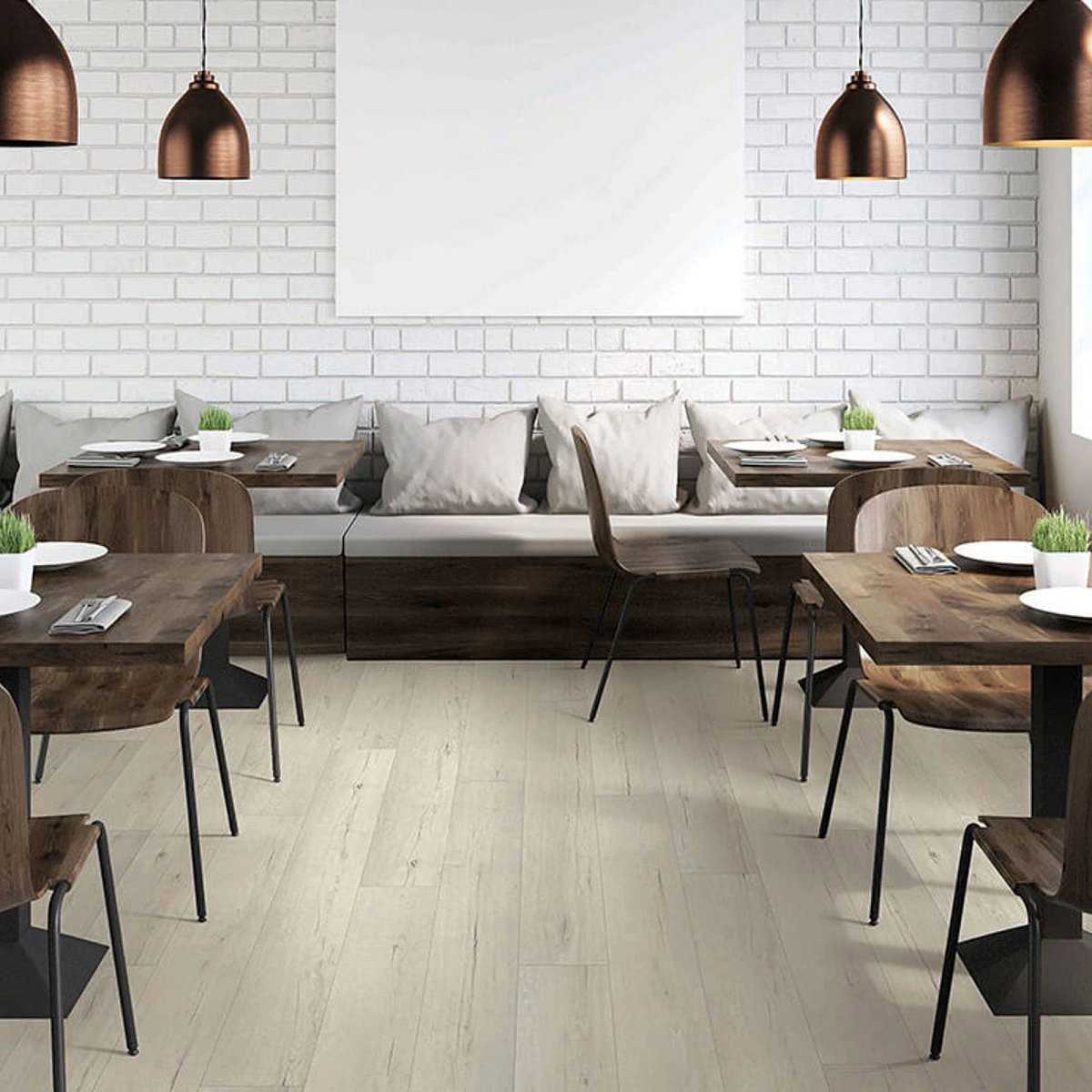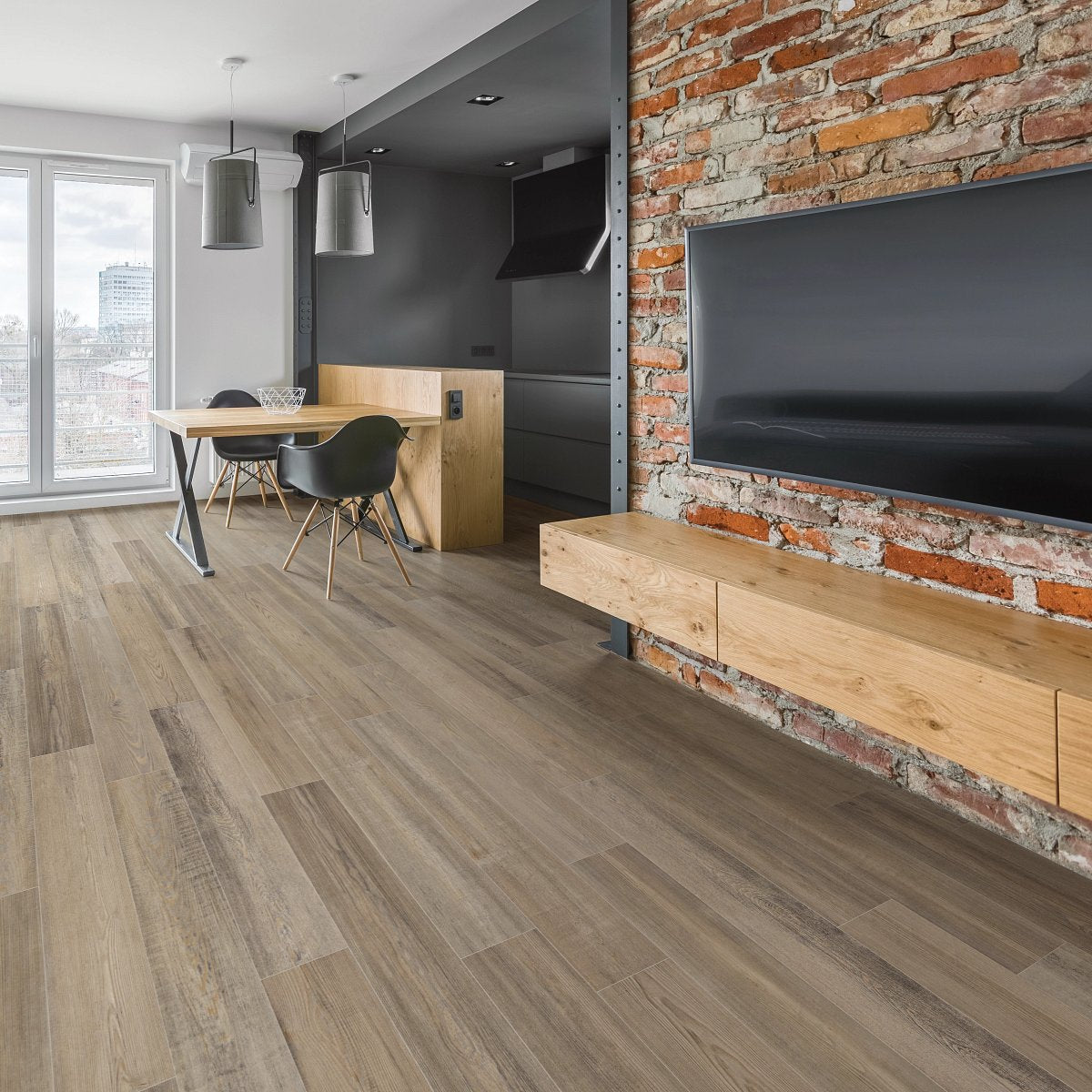COREtec Flooring Installation Guide
Tools Needed
When installing COREtec luxury Vinyl flooring you will need the following tools.
- Safety glasses
- hammer
- pull bar
- tapping block
- ¼" spacers
- saw with carbide-tipped blade
- tape measure
- tape
- pencil
Preparing Your Space for install
To prepare your space for installing your new floors, all subfloors must be clean, flat, dry and structurally sound. Ensure subfloor moisture levels have been tested and any issues have been properly treated. Acclimation of COREtec planks and tiles prior to installation is not required, but your floors should be installed in a climate-controlled environment. See installation guidelines below for more detailed information.
CORETEC INSTALLATION FAQ'S
Can I install COREtec myself?
What tools are needed to install COREtec flooring?
The following are necessities for DIY install of COREtec floors
- safety glasses
- hammer
- tapping block
- pull bar
- pencil
- chalk line
- tape measure
- tape
You will need to cut pieces to fit during the install process. We highly recommend using ¼ inch spacers and a crosscut power saw with a carbide tipped blade suitable for plastics. Always remember to add 15% to the amount of plank needed to cover installation errors or other unforeseen circumstances.




